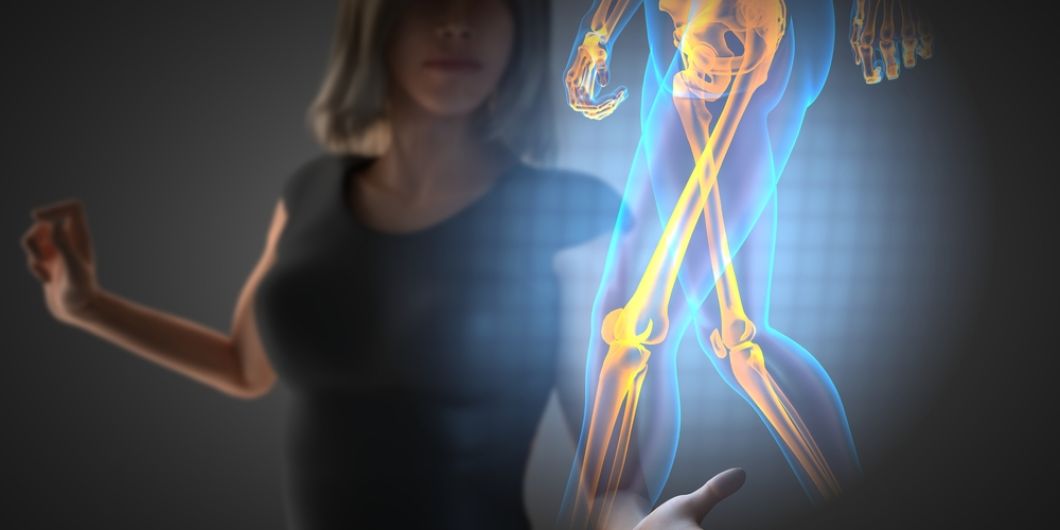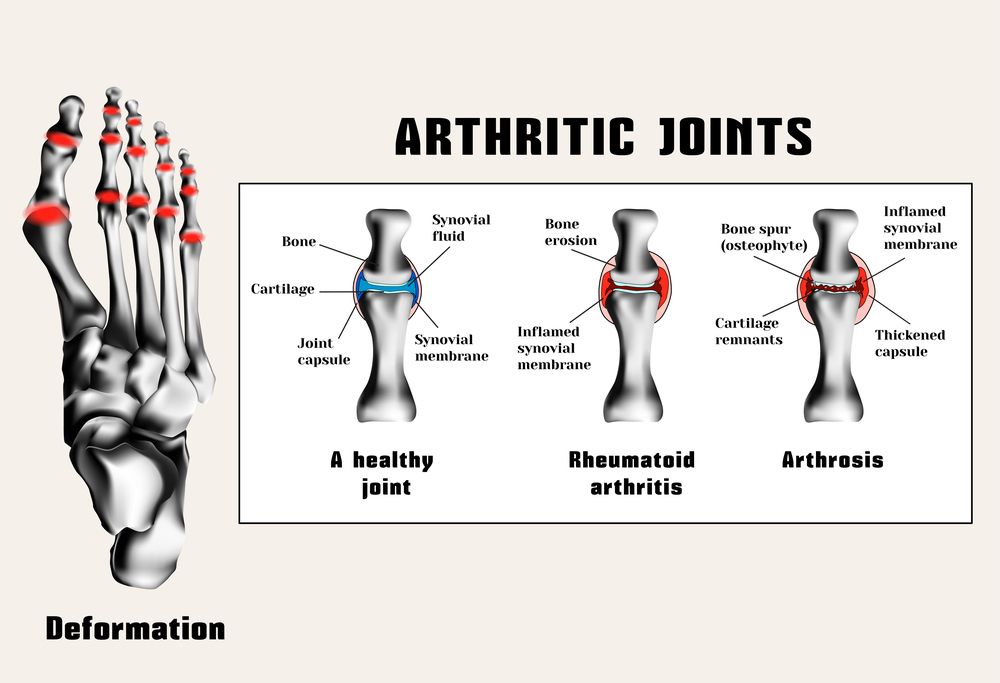- in Weight-Loss by tony
Fizzy drinks could become more than a pain in the neck in arthritis

We’ve known for a long time that obesity is bad for us, but a new report reveals that very overweight people are a staggering 14 times more likely to get osteoarthritis of the knee than those in a healthy weight range and fizzy carbonated drinks can speed up bone damage suffered by arthritis patients.
More...
FIZZY drinks can speed up bone damage suffered by arthritis patients was found in a previous research study. Men with a liking for cans of pop are more likely to show a deterioration in their condition than women.
The more drinks people with osteoarthritis in their knees consume, the faster their condition worsens with slim men most affected, researchers found.
US study leader Dr Bing Lu said: "We know that soft drinks can increase the risk of diabetes and obesity", and now we see there is a link to worsening arthritis.
The message is we really should not be drinking too many of these fizzy drinks.
Dr Lu's team from Brigham and Women's Hospital in Boston looked at 2,149 patients diagnosed with osteoarthritis.
Participants' sugary soft-drink consumption was measured using a food frequency questionnaire. Their condition was monitored at 12, 24, 36 and 48 months by measuring changes in the joint space of their knees.
Men and women were studied separately, and men showed the worst deterioration. Among female participants, very slim women showed most joint damage, according to the research, presented at the American College of Rheumatology.
Dr Bing said: "The results could be due to a general increase in BMI (body mass). But it could be due to ingredients and sweeteners in the drinks."
Osteoarthritis affects at least 8.5 million people in Britain. A spokesman for UK charity Arthritis Care, said: "Osteoarthritis affects so many people and causes such high levels of pain and misery that we welcome any new research."

Arthritic joins (rheumatoid arthritis, arthrosis (osteoarthritis)). The disease of the joints.
Arthritis Research UK is concerned that while rising rates of obesity have been linked to a number of serious disorders and health concerns, the risk of potentially crippling osteoarthritis has been, if not ignored, then certainly under-estimated.
Joint replacements are more likely to fail earlier in obese patients, and the heavier the patient the less likely it is that surgery will bring about an improvement in symptoms.
Very obese women are 19 times more likely to need knee replacement and four times more likely to need hip replacement surgery compared to women of a healthy weight.
A series of studies has shown that even modest weight loss and exercise can help to reduce not only pain but also mobility and the ability to perform everyday activities.

Arthritis is a term that we hear all the time, right, but to break down this word, arthritis, -itis means inflammation.
Everywhere in medicine it's going refer to inflammation, and whatever before it is telling us where the inflammation is. In this case, arthr- is referring to joints.
Now we have joints in our body that don't move, kind of like pieces of our skull that come together. Those are not meant to move, and it's just holding our head together, but the joints that we're thinking of and the joints that we're gonna talk about are the joints that do move.
Your knees, your elbows, so on and so forth.
In those joints, the rough structure, pattern, is always going have the end of one bone and then another bone with a space in between that is enclosed by a joint capsule, and it's lined with synovium, or synovial lining, which produces a fluid that we call synovial fluid to lubricate, and on the surface of these bones we have cartilage. (see image above)
So that's going be the rough structure, and I'll draw this in much better detail later.
Any kind of joint inflammation qualifies as arthritis, and there's actually a lot of different kinds.
So if we ask ourselves, "What is arthritis," I wanna go through some of the big categories of things that qualify as arthritis, and the kinds of people that are likely to get each kind.
But the first category is probably the most common category, and that's gonna be arthritis from overuse of the joint.
This is probably what your grandma is talking about when she's saying, "My knee hurts. "I have arthritis." And the thing is, you and I will probably get this kind of arthritis too if we're lucky to live long enough.
So the groups of people that are most likely to get this kind are those who are elderly, because they've lived longer and have used their joints longer, and also people who are obese and overweight, because the extra weight they're carrying just weighs down their joints. So obesity is correlated with more overuse, or osteoarthritis.
Speaking of which, osteoarthritis is the poster child for overuse arthritis, osteo- meaning bone. Arthritis. I'm not gonna write this out every time, so from now on I'm probably gonna refer to it as OA.
Lots and lots of people get this, usually in the weightbearing parts of their body or whatever is overused the most. For example, a typist might get this in her fingers or wrists.
A dancer might get it in her knees.
This is due to rubbing away of the cartilage and general wear and tear on the joint. We'll go into the specific pathophysiology later. The second big category, and it really qualifies as a big category, because it includes a lot of different diseases, this one's gonna be autoimmune.
So auto- means self, and immune is referring to our immune system, which is usually the system that helps us fight off invasion from the environment.
So essentially the body is attacking itself, and some of the famous diseases in this category you might have heard of. They include lupus, Crohn's disease, and they're often systemic, means they reach a lot of different parts of the body.
The population, if we had to bet on the biggest population to have these diseases would be females, usually middle-aged females, but for now we're just gonna say females.
Of course guys get them too, but if we're going with our odds, it's more common in female patients.
So autoimmune arthritis. At the top of this list has to be rheumatoid arthritis. Rheumatoid.
Aside from OA, this is the other huge category of people with arthritis.
Rheumatoid arthritis. And even though it's very different from OA, they're often contrasted against each other because these are the most common kinds, so when we're diagnosing, we always wanna see if they're leaning towards OA or RA.
So compared to OA, the patients on average might be younger, but of course elderly people get RA as well, but as you will see later, the symptoms look very different.
There's a whole branch of medicine called rheumatology that deal with rheumatoid problems, so that kinda suggests how widespread it is.
The thing is, rheumatoid arthritis has a unique thing we can isolate from testing the patients' blood. It's called rheumatoid factor. I'm gonna write RF.
Rheumatoid factor is something you can test for, and it pushes you towards a diagnosis of rheumatoid arthritis.
Now I'm mentioning this because the rest of the diseases that went on the list in the autoimmune section are collectively referred to as a seronegative arthritis.
This is referring to the fact that in their serum, they don't have rheumatoid factor.
So this whole category is there to separate rheumatoid arthritis from the other autoimmune arthritises.
Arthritises, I don't know if that's a word, but that's what we're gonna call it.
So seronegative is the first part of the word.
The other half of the category refers to the fact that these diseases often involve the spine, not just the joints in our limbs that we think of.
So spondylo- refers to the spine, so spondyloarthritis.
The name here tells you a lot.
It tells you that it's not gonna be RF positive, and it's gonna involve the spine.
So we have ankylosing spondyloarthritis. Ankylosing means a fusion, fusing together, which is a common symptom in a lot of different types of arthritis, but here it's part of the name. Ankylosing spondyloarthritis. Such long words. Spondyloarthritis.
I'll probably refer to this as AS.
Everything's about acronyms in medicine.
And then we have Reiter's syndrome, named after the person who found the disease, Reiter's syndrome.
Then we're gonna have psoriatic arthritis, psoriatic, which is part of psoriasis, one of the autoimmune systemic diseases. But it also causes inflammation of the joints, so psoriatic arthritis is its own category. With the seronegative spondyloarthritis, one buzzword I want you to remember is called HLA-B27, I'm sorry, not seven. For those of you taking tests, this counts as a buzzword.
Every time you see it, think of the seronegative spondyloarthritis diseases. This is an antigen, surface antigen on an immune cell.
So all that means is if we have a white blood cell, HLA-B27 is an antigen that can attach to it, and it's something that these diseases have in common. We don't have to go too far into immunology here, but just remember, cement these four letters and two numbers into your head, HLA-B27, and think of autoimmune seronegative spondyloarthritis.
All right, moving on. The next category is gonna be nice and straightforward. It's going be infectious. Even though usually the joints should be nice and closed off to the outside environment, sometimes an infection gets through, and this can give us arthritis, so the most dangerous kind is gonna be septic arthritis.
So sepsis refers to an infection that's leaked into the blood. So septic arthritis, this person's gonna have fevers and systemic symptoms, but the original problem's gonna be able to be traced to a joint. And the people that are most likely to get this are young males.
Think of college-aged kids, maybe slightly older.
Some of the bacteria responsible include gonorrhea, chlamydia, which are the big ones. Also bacteria that live on the skin.
So think of infection if the arthritis came on suddenly, it's pretty severe, and we're seeing systemic symptoms. Speaking of which, I wonder if Reiter's syndrome also fits in the infectious, because it's associated sometimes with certain viral infections, and it can develop as an aftermath of that infection.
But I guess it belongs better up here, because it's not an active infection. But as we get to Reiter's syndrome later, we'll talk about that in more detail.
So far we're talked about overuse of the joint, of things inside the body, the immune system attacking the joint, outside things attacking the joint, and the last category we're gonna have is gonna be things depositing in the joint that really don't belong there.
Don't really know what to call this. Let's call it depository, if that makes sense.
Depository. So there's not really anything attacking it per se, but the joint should be a clean, pure place, and particles that deposit there can cause a lot of inflammation and pain, and you probably already know where I'm going with this.
It's gonna be gout and pseudogout. We think of these usually are isolated to certain joints in the body, and they almost always occur there, but of course they can occur in other places too, and it counts as arthritis because it's an inflammation of a joint, and they both come from depositing certain proteins in the joint space.
So these four big categories round out the big things that we refer to as arthritis. All these diseases are so different, so the next time you hear arthritis, remember that's not the stereotypical knee pain that we're thinking of.
So really pay attention to the symptoms that distinguish these different kinds of arthritis from each other.
